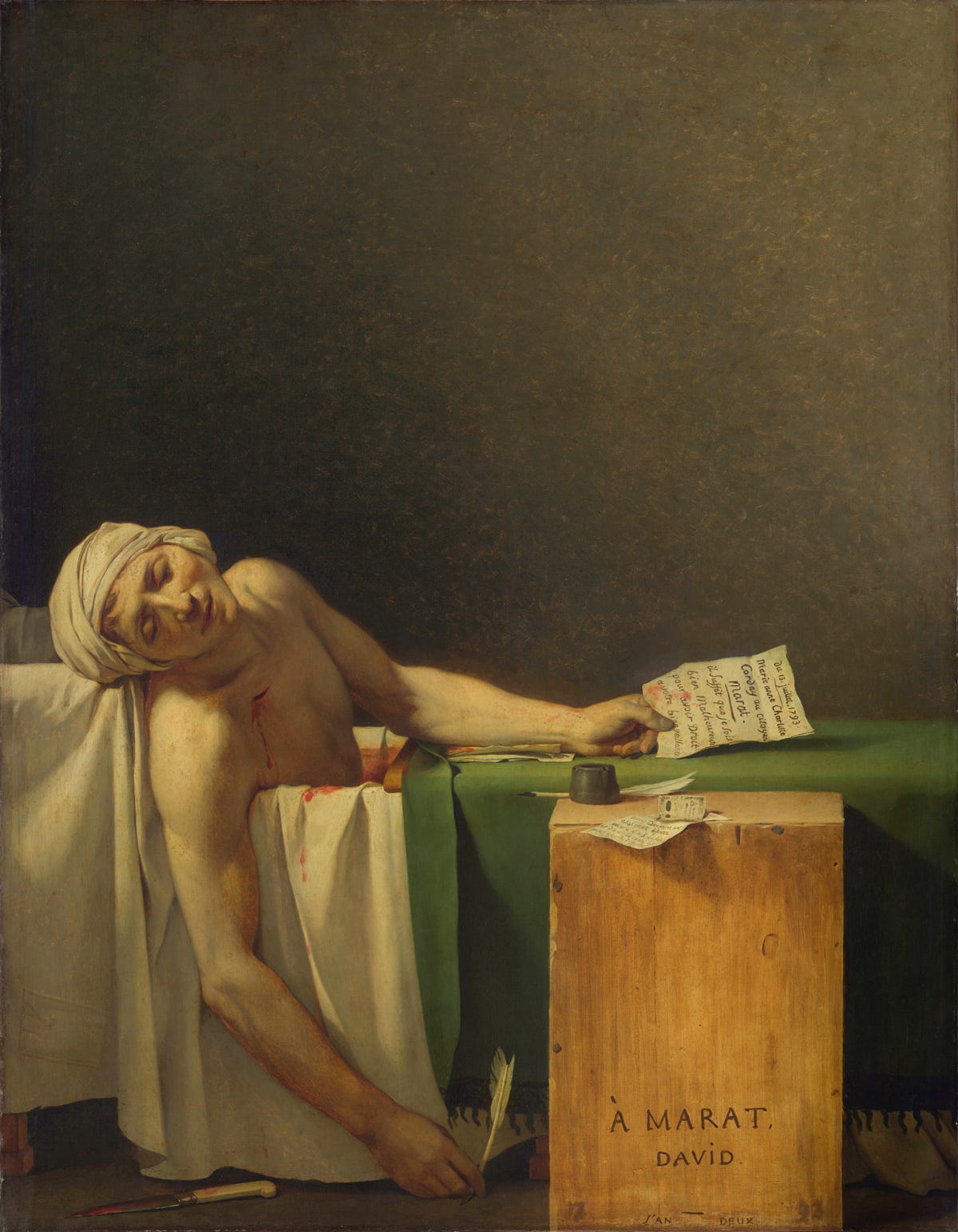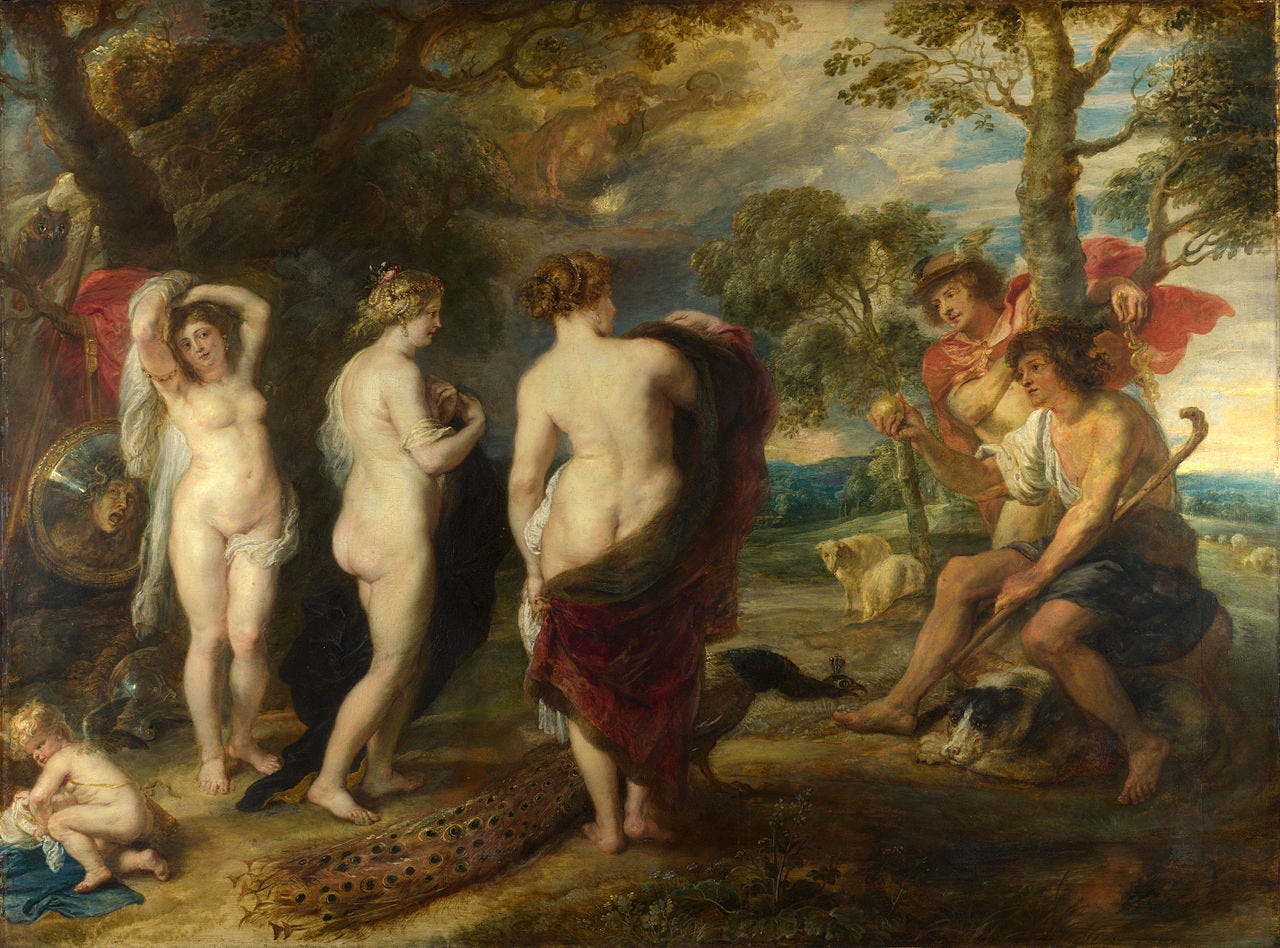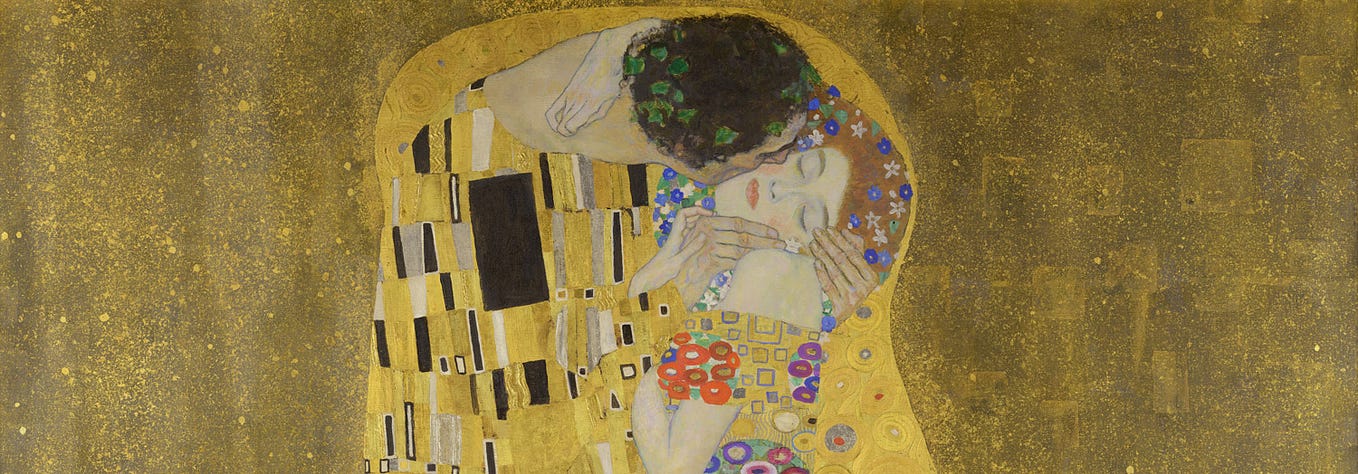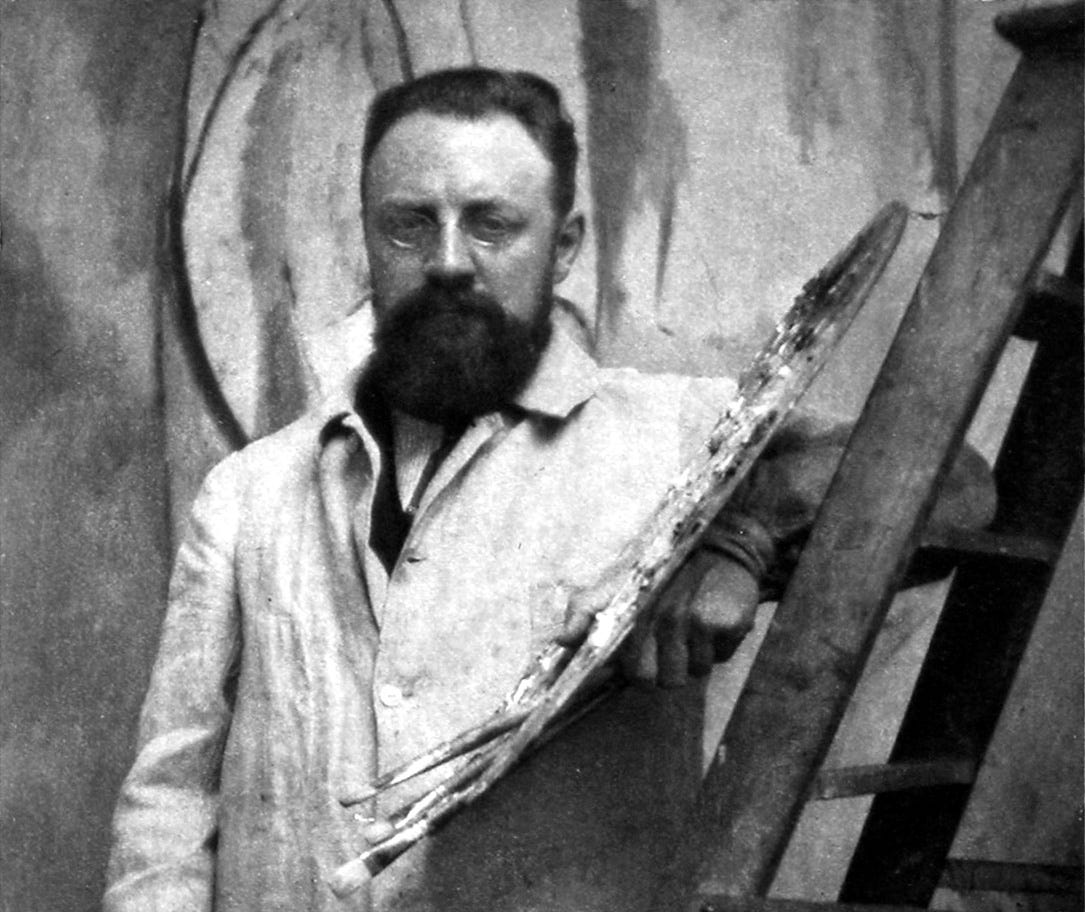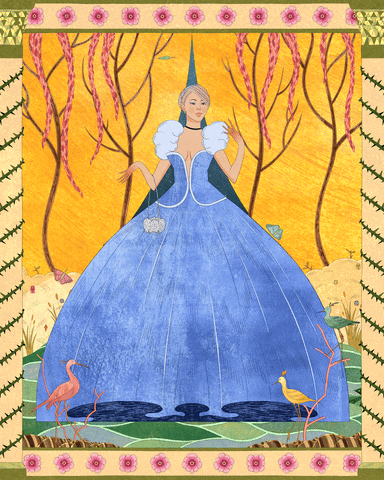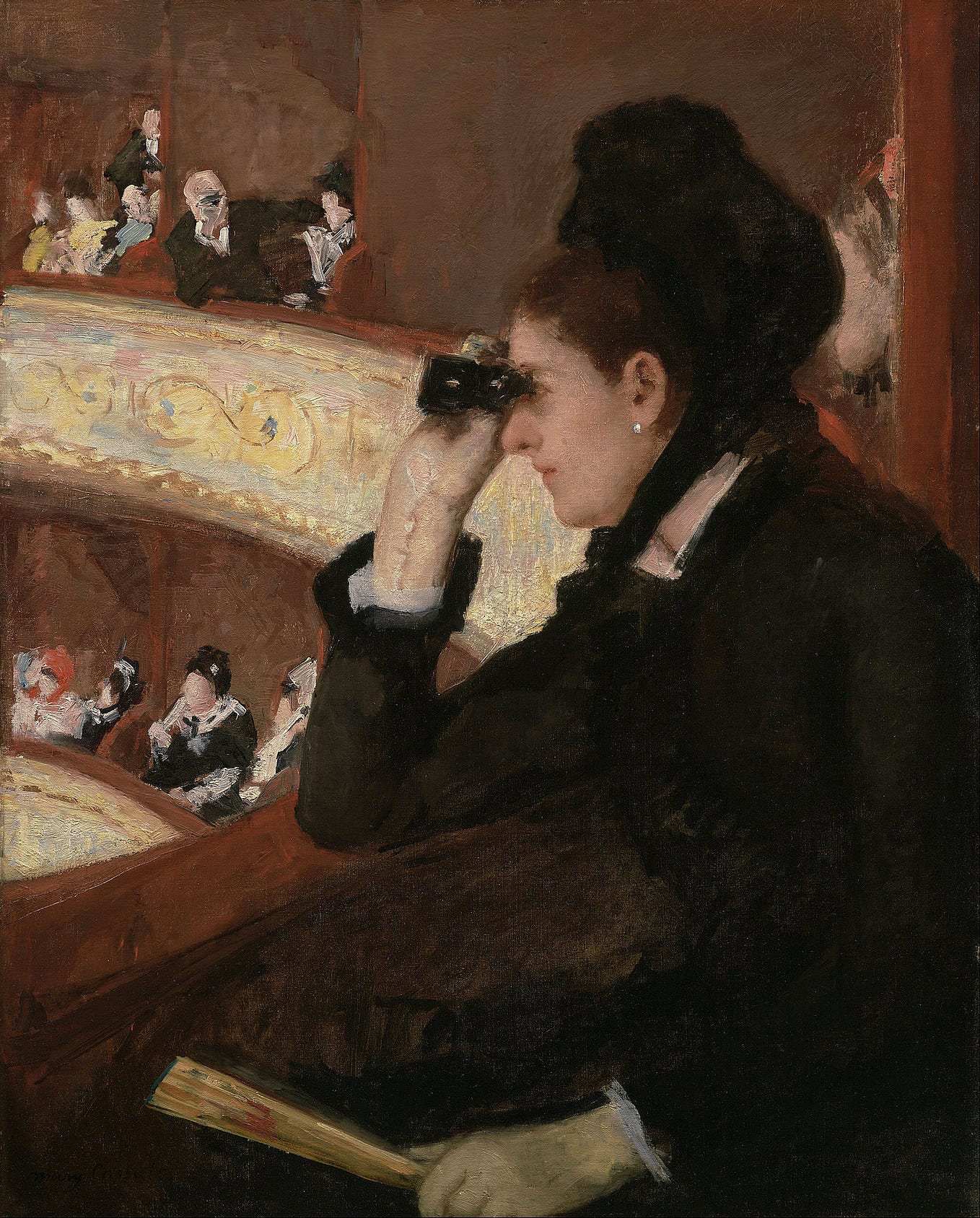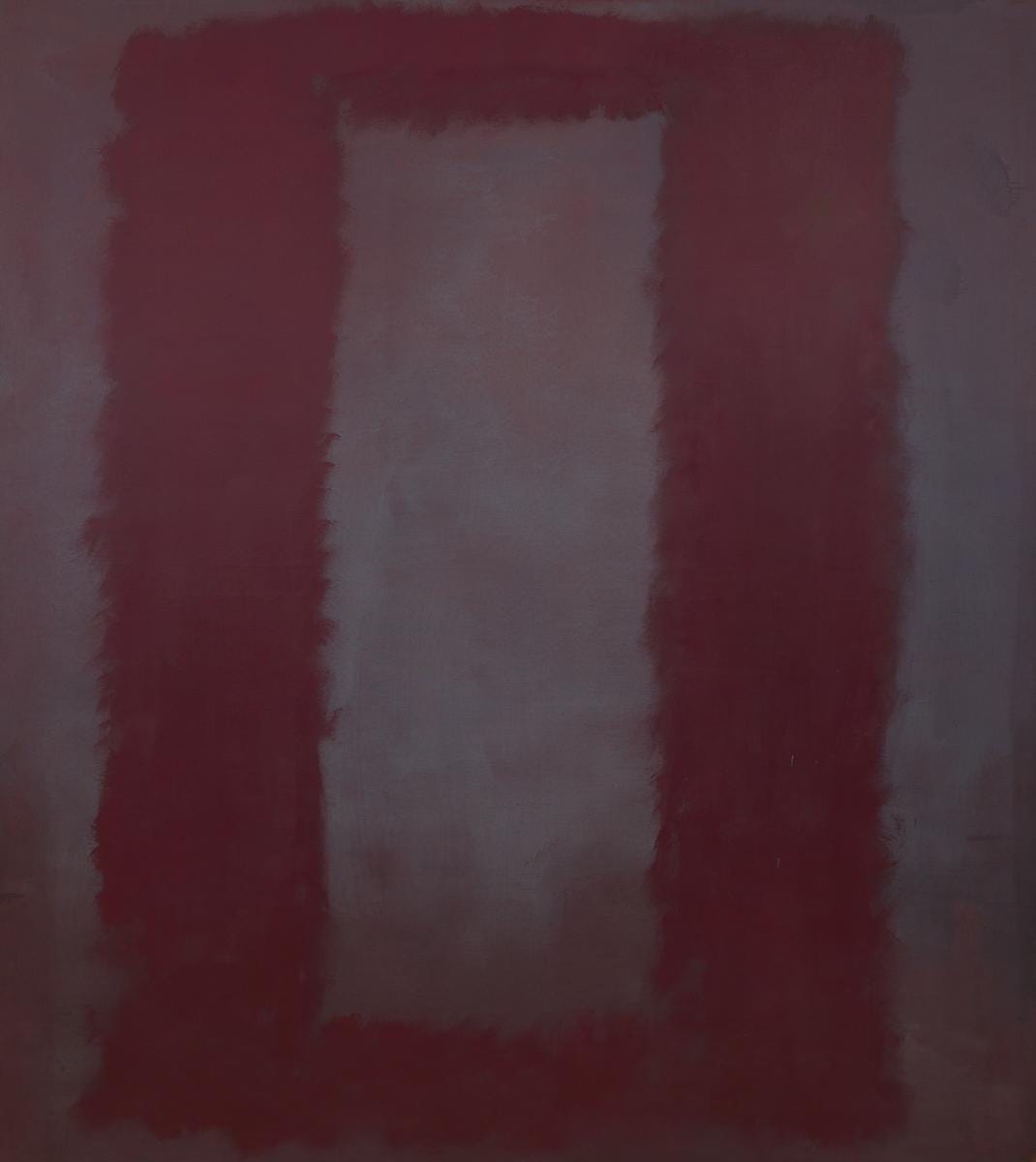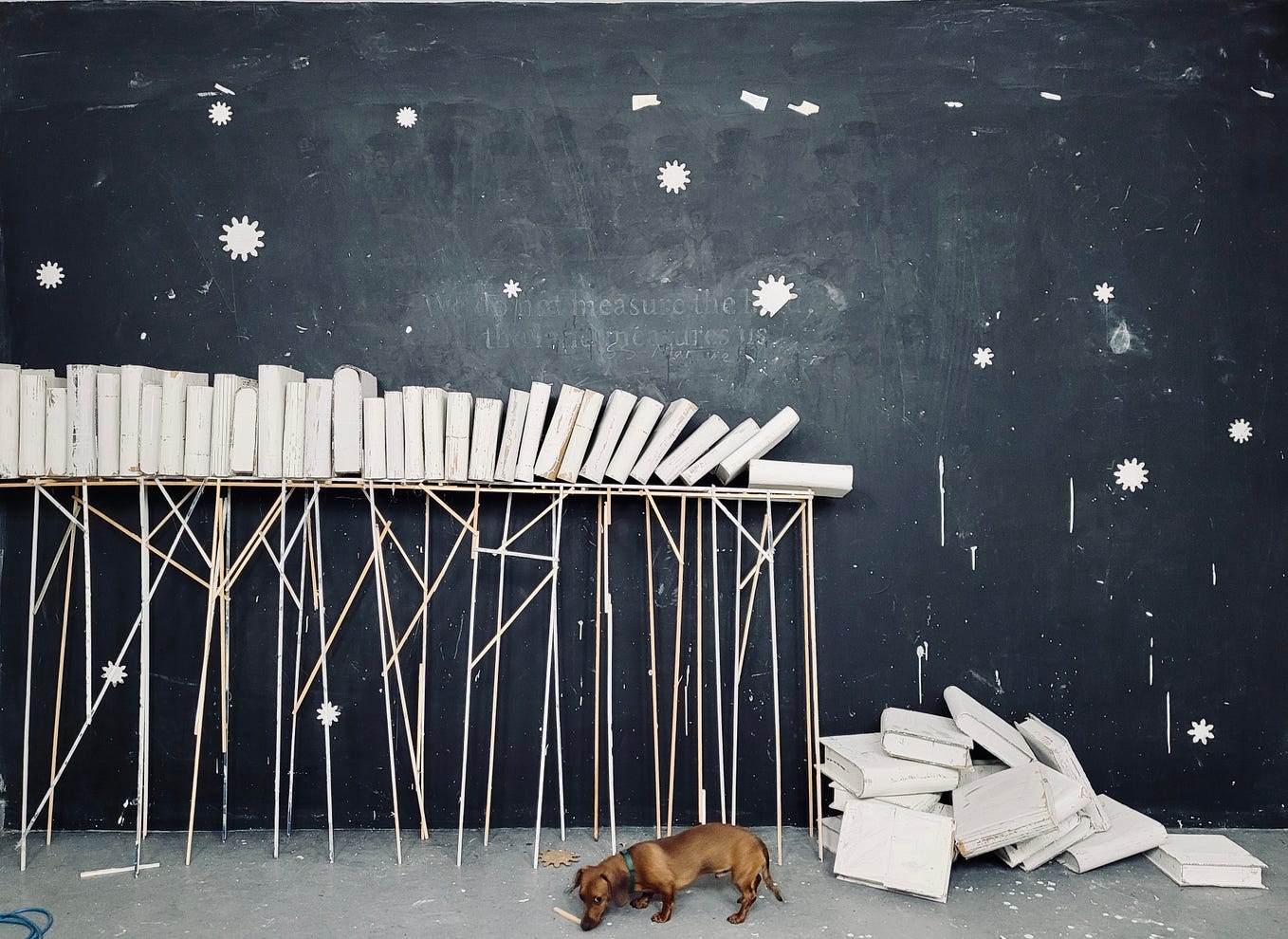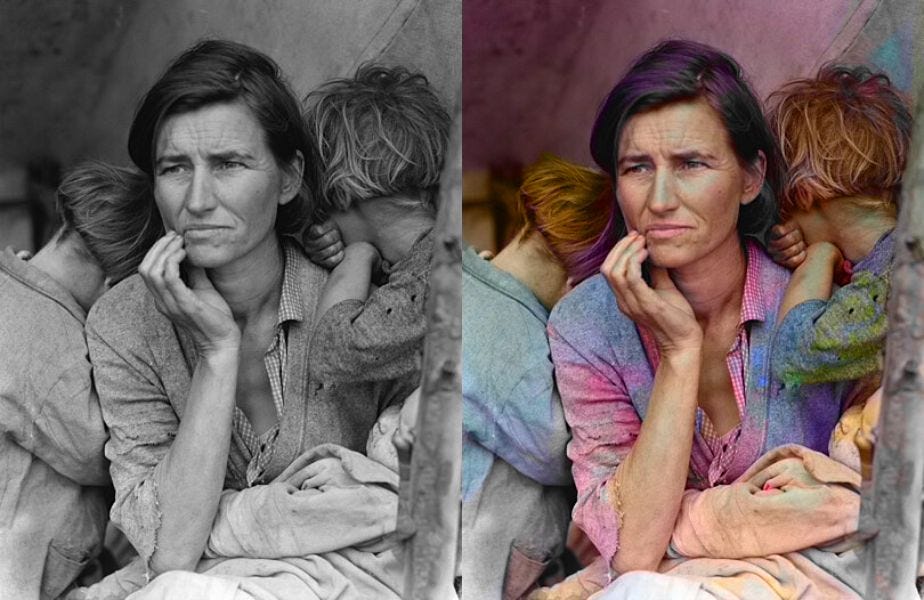The Art of Winifred Nicholson
Artist who explored the quieter secrets of the cosmos
The artist Winifred Nicholson once wrote of Piet Mondrian’s work that it offered “more of truth than nature could ever oblige one to follow.” To her one-time husband, the artist Ben Nicholson, she wrote, “Yes, I’d like to get my work more abstract, but I seek the abstract of colour, which is to be found looking into the picture.”
One of Winifred Nicholson’s favourite compositional techniques was to combine domestic objects with a landscape, often placing flower arrangements on a windowsill or a shelf in front of a landscape setting. This methods resulted in a mingling of foreground and background, so that the near-at -hand and the far-away were treated as having an intimate relationship. Her paintings have two settings: her own domestic space and the wider space of the open world, as if one could give meaning to the other. Nicholson would go on to explore this device in all manner forms.
Though often viewed through windows or other framing devices, Nicholson’s landscapes are nearly always within reach. Nature is tangible, lived in. Her preference for landscape lasted throughout all her career. Born in 1893 into a wealthy family, she spent her youth between countryside properties in Cumberland and Yorkshire, as well as London. After marrying her painter husband Ben in 1920, they travelled together through Europe, capturing local views from residences in France and Italy. She sought out local flora wherever she went, an enduring theme of her paintings. “Flowers mean different things to different people,” she wrote. “To me they are the secret of the cosmos.” Later, she and Ben purchased a seventeenth century farmhouse, Bankshead, near Brampton, Cumberland, which became a centre for Winifred for the rest of her long life. They had many visitors to Bankshead, including the artists Paul Nash, Christopher Wood and Ivon Hitchens.
Nicholson’s lyrical landscapes undoubtedly possess a sense of the proverbial and the reassuring. Despite her faithfulness to the landscape, it is clear that the artist’s preoccupations go beyond the purely descriptive. Nicholson made abstract paintings at various times in her career, in the 1930’s in Paris, a few in the 60’s, and again a few in the late 70’s. In its simplicity, the subject matter of painting such as Kate’s Flowers, for instance, exists in parallel to a playful and exuberant use of colour. Or to put it another way, the subject acts as scaffolding, so to speak, for an experiment in formal composition.
Of all the elements of composition, colour was most crucial to Nicholson’s own sense of creativity, which is why she found flowers to be such an inviting subject. In her text Liberation of Colour, she wrote of encountering the letters of Gauguin and Van Gogh, and upon reading their theories on colour, “felt my eyes beginning to open.”
Of the colour spectrum she said that artists “play their melodies and harmonies to and fro […] very much as the composer uses the keyboard or the piano.” For Nicholson, colour was not an intellectual entity but always present in nature and in objects. Her methods drew on the tangible, leading to the conviction that colour had a life of its own and could play a significant part in artistic expression beyond the function of mere depiction. In this scheme, coherence of colour and space may be treated as the primary justification for her painting practice.
In the combination of domesticity and experimentation we may discern Nicholson’s negotiation of the ‘modern problem’. Her paintings might thus be understood as a resolution of two positions; on the one hand the affirmation of modernist values and formalist concerns, abstraction and the integrity of the picture plane so epitomised by the works of Mondrian and explored by her husband Ben; on the other, the artist’s personal attachment to the products of nature with their homely and familial evocations. The persistent appearance of flowers in her work, interjected between the viewer and the background landscape, may remind us that her landscapes were often painted from interior locations looking out. The landscape is dressed-up by a flower-pot on the windowsill or by a flower-bed as the foremost object. One may also venture to suggest that colour became her beacon because it happily straddled both positions as an intrinsic feature of the real world of objects and also as part of the vernacular of modernism. Between these two poles, it is here suggested that Nicholson negotiated a successful path.
Christopher P Jones is the author of What Great Artworks Say, an examination of some of art’s most enthralling images.
Would you like to get…
A free guide to the Essential Styles in Western Art History, plus updates and exclusive news about me and my writing? Download for free here.

